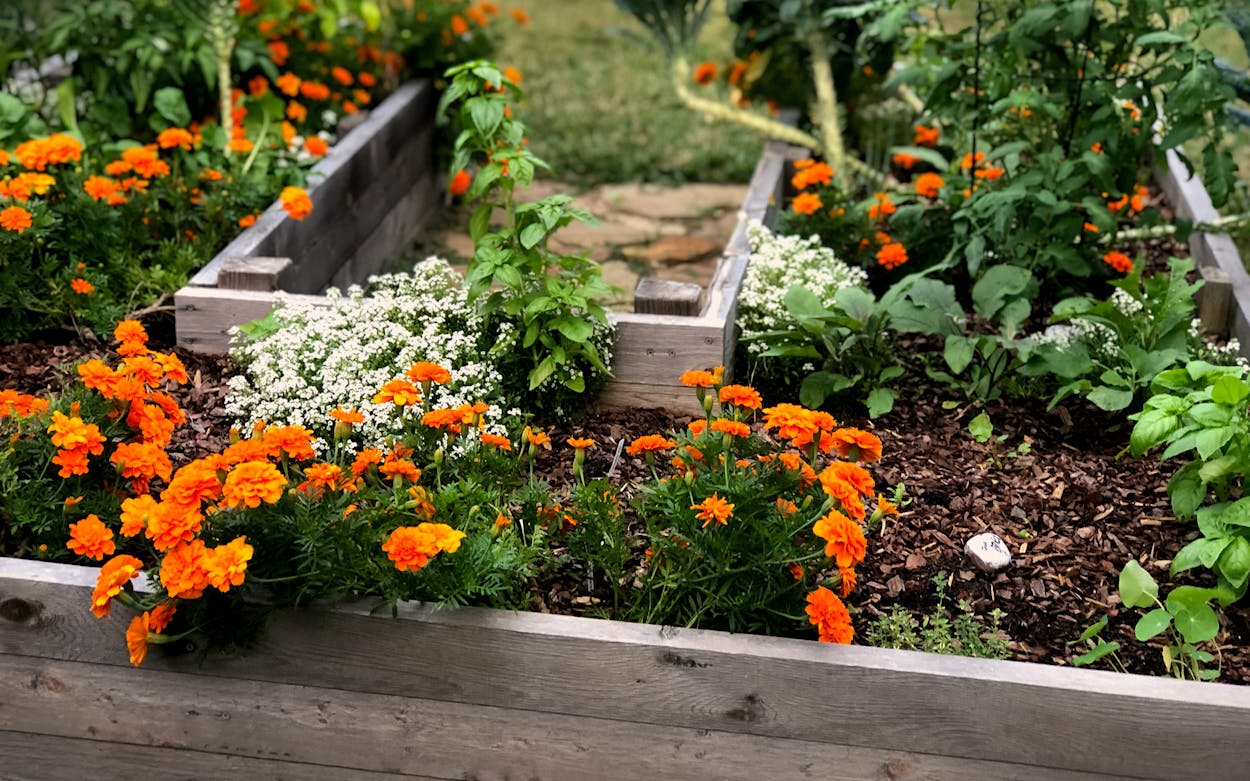Fall gardening requires patience. Unlike my spring and summer crops, which were quick to grow and spill over the sides of their raised beds, most of the vegetables I’ve planted recently seem to be taking their time. In the last few months, I’ve sowed hearty cabbage and beet varieties, foolproof mixes of kale and other salad greens, and some flowering nasturtiums for good measure (and color). They’re coming along. But my garden diary, which in June was filled with enthusiastic progress reports (“Watermelon babies galore!”), now has terse entries along the lines of “Squirrels continue to wreak havoc.”
Long gone are the prolific marigolds we planted to ward off pests, so the radishes’ once sturdy leaves, which towered over petite lettuce and broccoli plants for weeks, have been reduced to shreds by cabbage moths and their creepy-crawly offspring. A clump of carrot seedlings stubbornly refuses to grow. And somehow my garlic has grown too much: I planted the cloves in October as directed, and they’ve since sprouted footlong stalks that shoot toward the sun. Looking at them, I feel triumphant. “Something grew! And so tall!” But heading into winter, I know deep down that they shouldn’t have stalks yet at all … at least not jolly green giant ones.
I can’t be alone in these struggles. The thousands of Texans who took up pandemic gardening this summer are now tending to their first fall crops and likely bracing for the winter season. And beginner’s luck can only last so long. So to kick off a new Instagram and Staying In With TM newsletter series we’re calling “Tips From Texans,” I reached out to local growers—the ones I follow on Instagram for inspiration and instruction—to see how their fall gardens are faring and ask for a bit of advice for the coming weeks. Even if you’re not tending a plot of your own, their snapshots of backyard bounties make for a leisurely scroll.
Timothy Hammond, Houston
@bigcitygardener
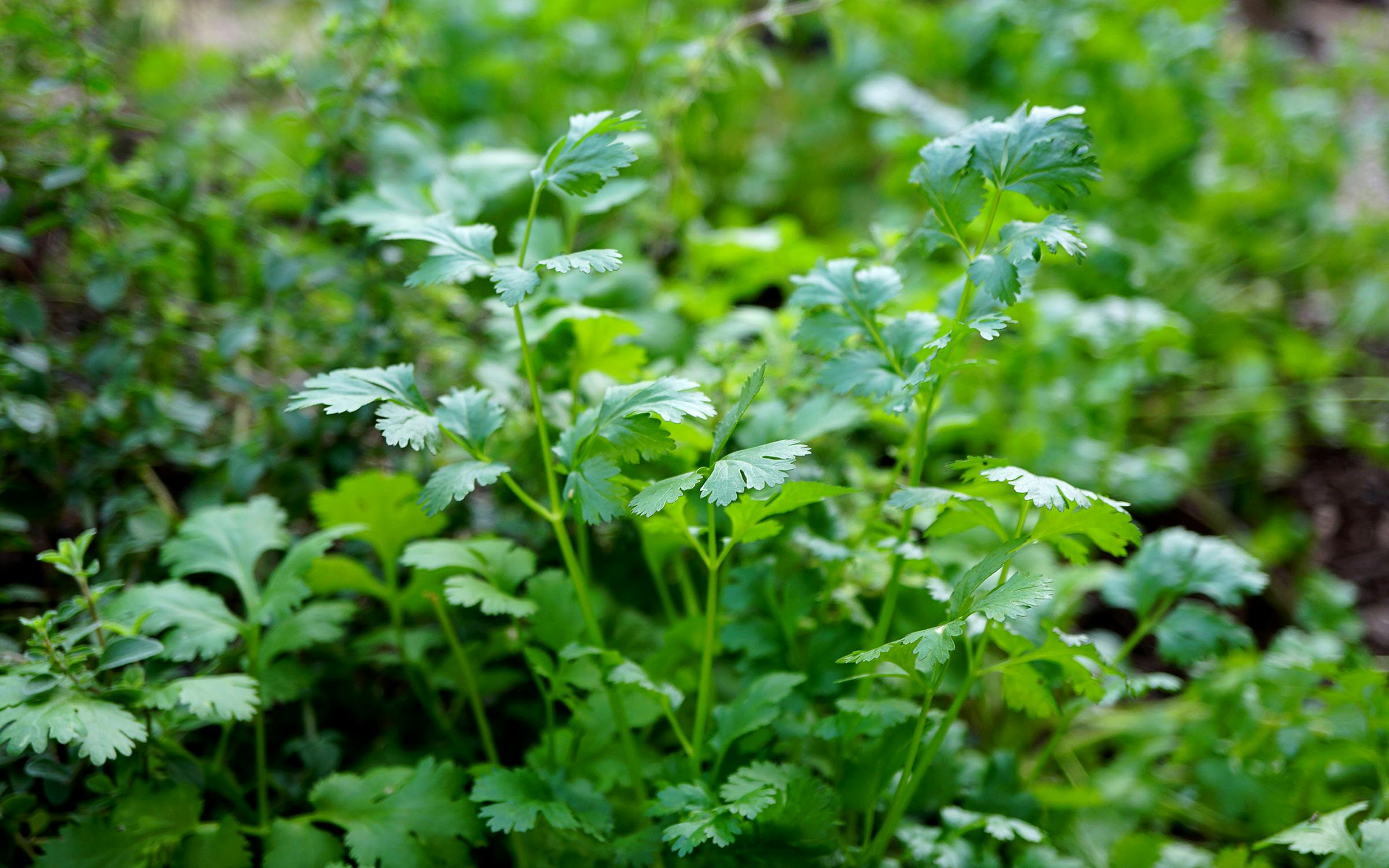
In Timothy Hammond’s Houston gardens, even the tomatoes are still going strong, but the herbs pictured above might be the most prolific. “Those herbs have been growing in my garden for years,” he says. “If you don’t use them and you just let them grow, they just kind of stop producing. For herbs, you need to be consistently pruning them, using the leaves and the flowers from the herbs, and then they will continue to grow.”
Pro tip: “Use mulch. Put some mulch down, let it break down throughout the winter, and when you get ready to plant in the spring or summer, you will have better soil than you did in the fall.”
Marcus Bridgewater, Houston
@garden_marcus
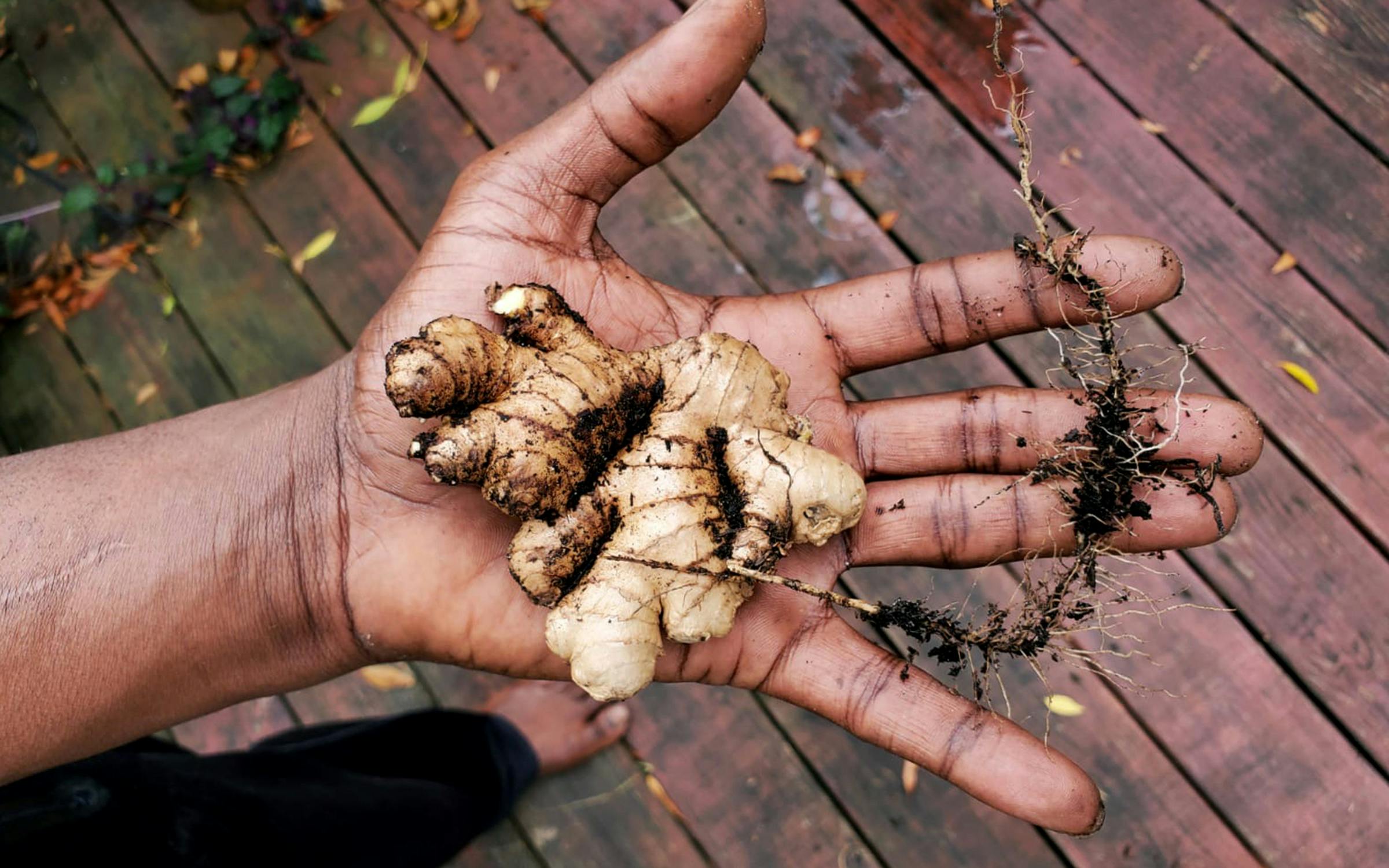
Marcus Bridgewater has a lot to be proud of in his Houston backyard, including two mature crops that he started in the spring. “I planted this ginger in April and harvested it a couple weeks ago,” he says. “The harvest did not involve any cutting or snipping; it looked like it was ready for me to pull the root out of the dirt given the long green stem growing out of it.” He’s been using it to add a kick of flavor when cooking meat, fish, and vegetables. The other plant that’s still producing all these months later? Cucumber.
Pro tip: “Make sure you know which plants in your garden are susceptible to frost. One day of frigid weather can kill a plant, and it’s important to prepare. I like to put a large sheet over the sensitive plants to protect them from the frost.”
Jessica Watson, Tomball
@jessicafishes
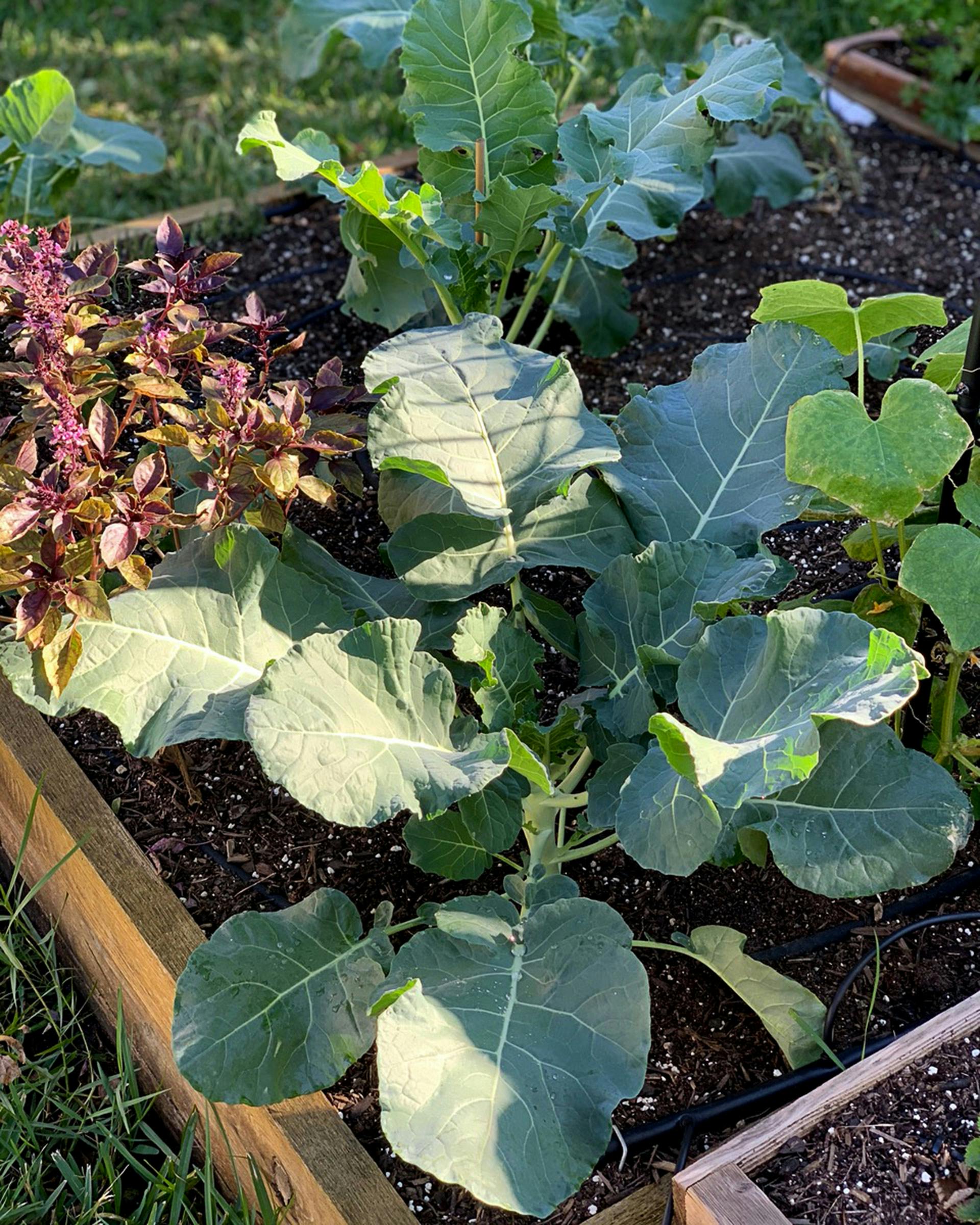
Jessica Watson started this Belstar broccoli from seed in early September. “With the cooler weather coming in, it nearly doubles in size each time you look at it,” she says. “We harvest our broccoli after it crowns and right before the florets start to open, giving it the greatest chance we can.”
Pro tip: “Try companion planting to ward off unwanted pests. We plant radishes between our broccoli and cauliflower to keep away the white cabbage moths that produce a caterpillar that eats holes in the leaves.”
Crystal Jarvis, Austin
@lettucegrowsomething
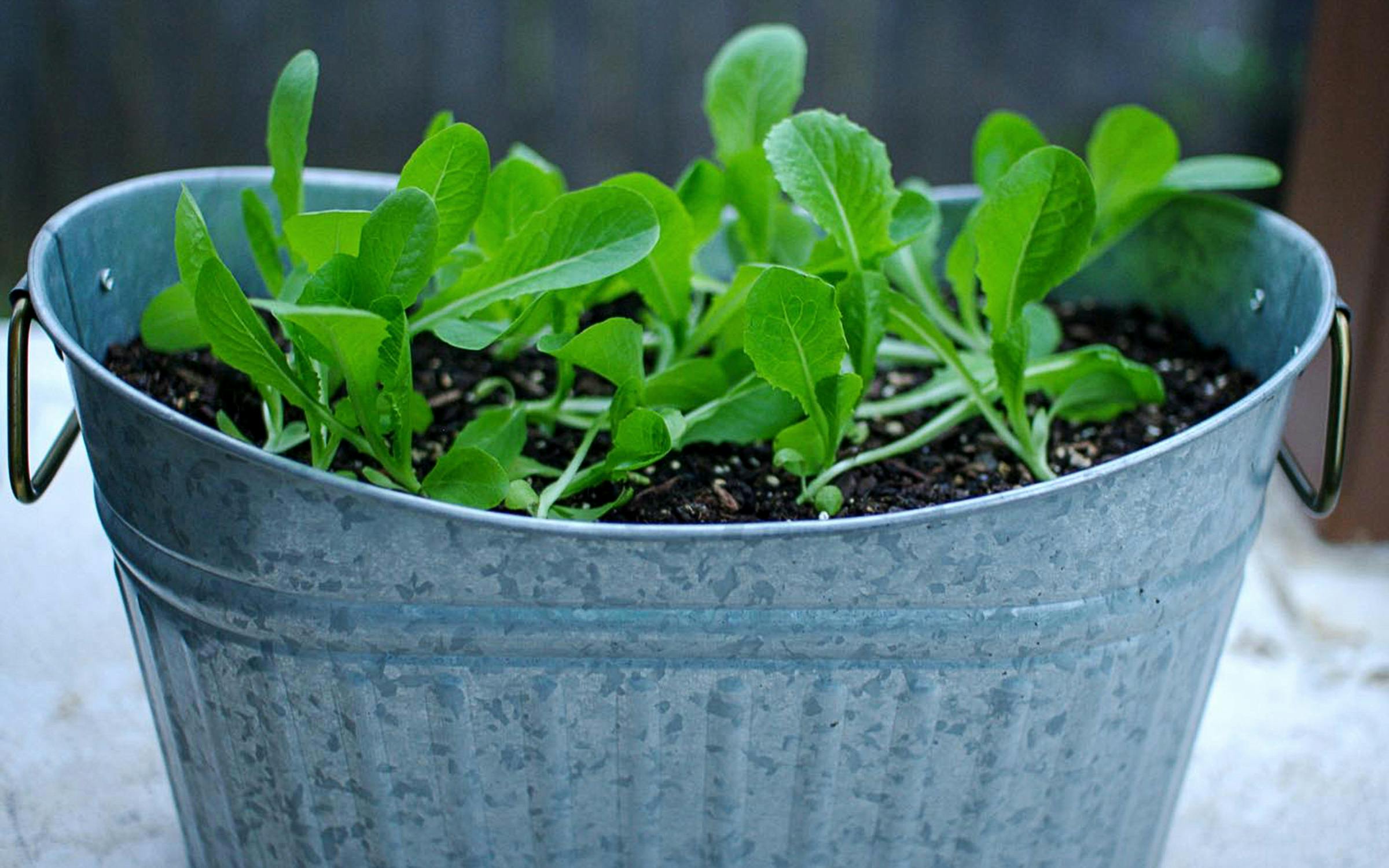
Crystal Jarvis is picking beets and baby bok choy in her Austin backyard. She’s still planting, too. “We still have time this year to get planting some herbs and greens! You can grow lettuce in small containers.”
Pro tip: “If you are new to gardening, start with herbs! Herbs are some of the easiest plants to start growing and actually the most valuable plant you can grow in the garden.”
Alyssa McDermott, Melissa
@thenorthtexasgardener
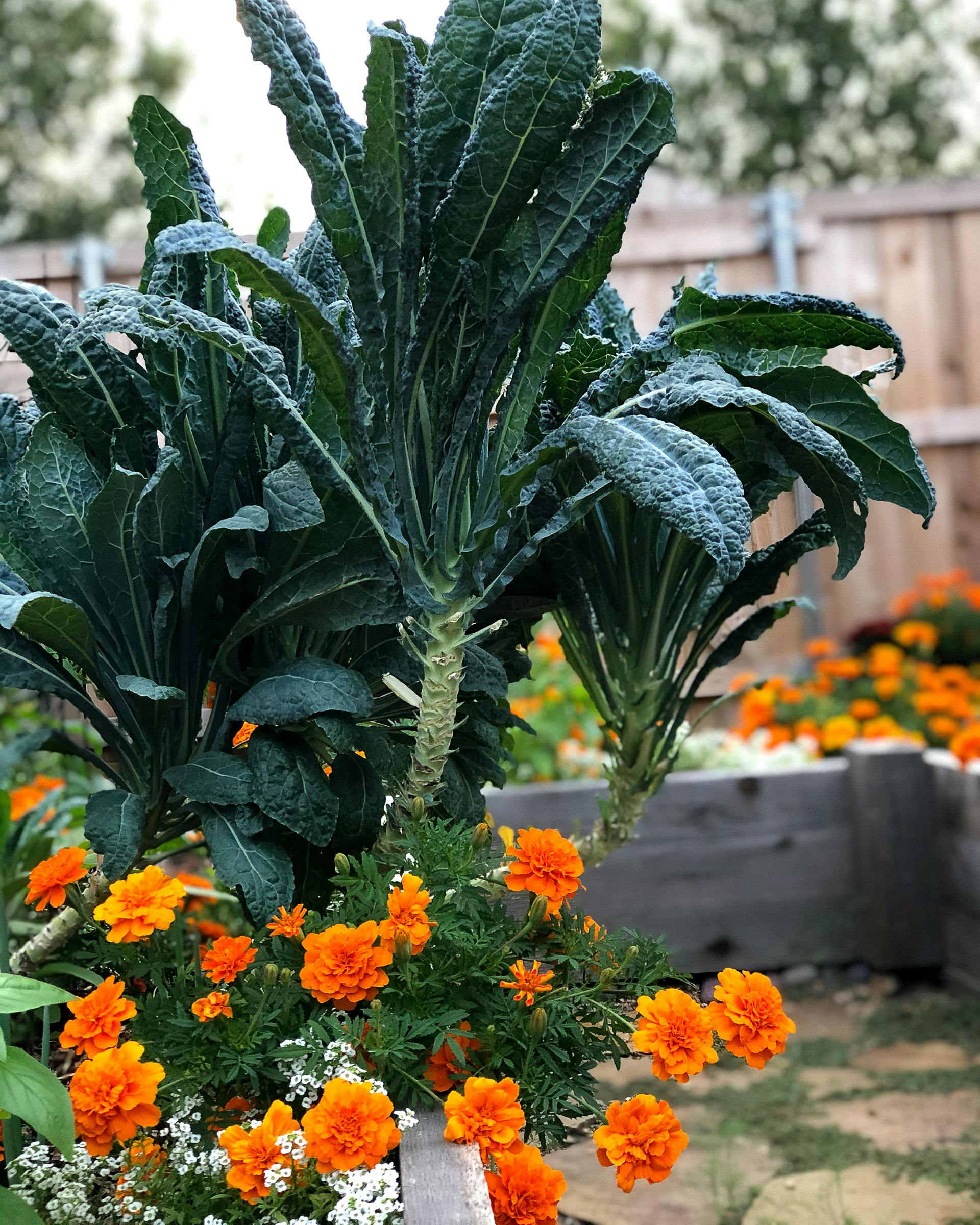
Alyssa McDermott’s top-heavy kale stalks look Seussian—for good reason. “I am harvesting leaves from the bottom of the main stem and working my way up the plant as I need them,” she explains. “My spinach and romaine still have a couple weeks until I’ll start picking them, but my arugula and Swiss chard are providing big, beautiful, ruffled leaves already. I follow the same rule for harvesting there, picking leaves from the outside in.”
Pro tip: “Don’t be afraid to interplant flowers in your vegetable beds. Marigolds have been a game-changer for me, not only for some eye-popping punches of color, but also for attracting a variety of pollinators and keeping unwanted pests at bay organically.”
To see more “Tips From Texans,” sign up for our Staying In With TM newsletter and follow us @texasmonthly on Instagram.


